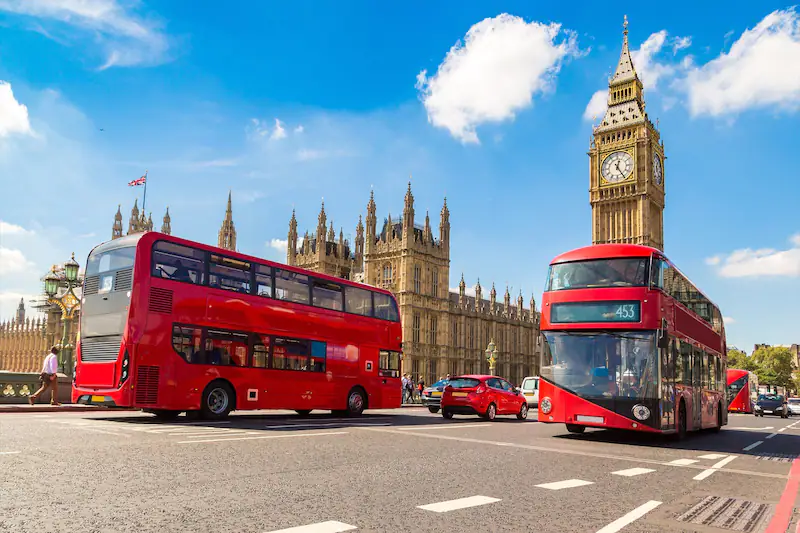
Introduction: London, the capital city of England, boasts a rich and storied history that spans over two millennia. Let’s explore the fascinating evolution of London from its humble beginnings as a Roman settlement to its status as a bustling global metropolis.
Early Settlement and Roman Influence:
- Founded by the Romans around 43 AD, London was initially known as Londinium.
- The Romans established it as a strategic settlement along the River Thames, serving as a commercial and administrative center.
- London grew rapidly under Roman rule, with the construction of roads, bridges, and defensive walls.
Medieval London and Royal Influence:
- In the medieval period, London emerged as a prominent trading hub, attracting merchants from across Europe.
- The Tower of London, built by William the Conqueror in the 11th century, symbolized the city’s growing importance.
- Westminster Abbey became the site of royal coronations and parliamentary assemblies, solidifying London’s status as the political center of England.
Expansion and Industrial Revolution:
- The Great Fire of London in 1666 led to the reconstruction of the city, resulting in the creation of wide streets and brick buildings.
- The Industrial Revolution brought rapid urbanization and population growth to London, fueled by advancements in manufacturing and transportation.
- Landmarks such as the Houses of Parliament and Big Ben became iconic symbols of London’s architectural grandeur during this period.
Victorian Era and Imperial Expansion:
- During the Victorian era, London experienced a period of prosperity and cultural flourishing.
- The British Empire’s global dominance led to the influx of wealth and immigrants to London, shaping its diverse cultural landscape.
- Landmarks like the Crystal Palace, built for the Great Exhibition of 1851, showcased London’s technological and architectural prowess.
Modern London: A Global Metropolis:
- The 20th century saw London evolve into a modern metropolis, with the development of iconic landmarks such as the London Eye and the Shard.
- London’s role as a financial center was solidified with the establishment of institutions like the Bank of England and the London Stock Exchange.
- Today, London is a vibrant and diverse city, home to a multicultural population and a thriving arts and cultural scene.
Conclusion: From its origins as a Roman outpost to its current status as a global powerhouse, London’s evolution is a testament to its resilience, adaptability, and enduring significance on the world stage. As London continues to evolve, it remains a beacon of innovation, culture, and opportunity for people from all walks of life.
